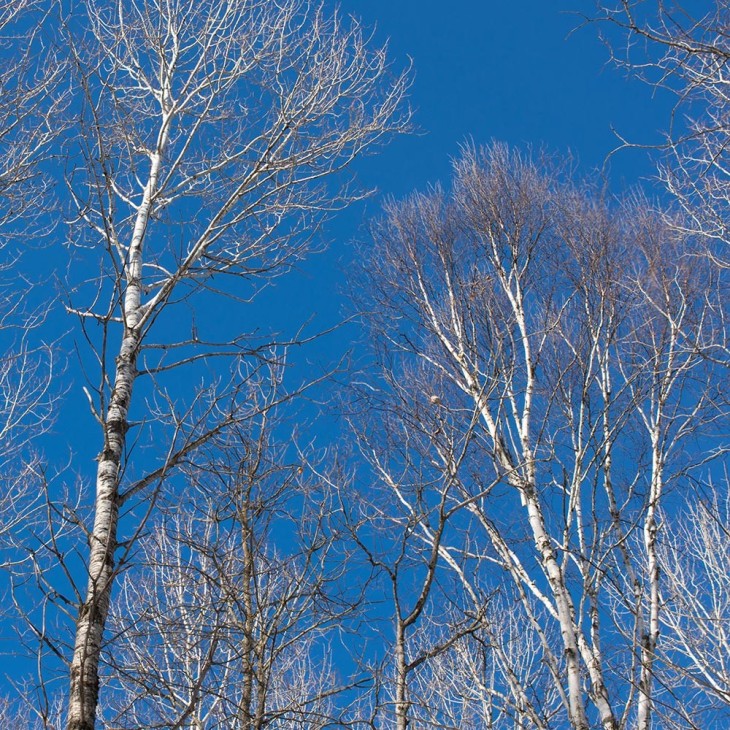Poplar (also called aspen) buds are an important winter food source for many species of wildlife, but particularly for the ruffed grouse. During the course of a year, a ruffed grouse may feed from as many as 100 species of plants, but in the winter, poplar is its most significant food source. In fact, the relationship between grouse and poplars is such that the range of the ruffed grouse is practically identical to the range of trembling (also known as quaking) aspen (Populus tremuloides) and big-tooth aspen (Populus grandidentata).
Poplars are dioecious – the male and female flowers grow on separate trees. Although grouse will settle for any poplar bud, it is the male flower buds of trembling aspen trees that they prefer, due to the buds’ high amounts of proteins, fats, and minerals. (Female buds are smaller and have less nutrients.) Ruffed grouse seldom feed on a poplar tree that is less than 30 years old; perhaps the older trees that they prefer have more vigorous buds, or perhaps their branches are easier to perch on because they are larger. A great resource with which to learn much more is Ruffed Grouse: Woodland Drummer by Michael Furtman.




Discussion *